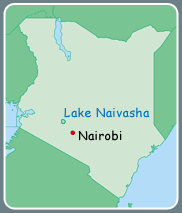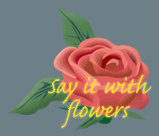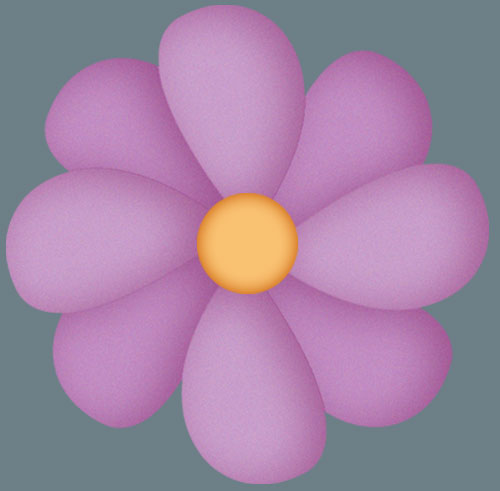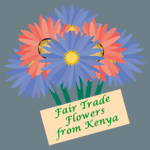| |
 |
On the banks of Lake Naivasha in the Great Rift Valley, fields of blossoming flowers sit alongside farms growing strawberries, asparagus and other crops. Despite Kenya's prolonged drought the lake provides a valuable water supply to irrigate the fields. |
Flower growing is part of Kenya's booming horticulture sector. Flowers can be very profitable, and the industry is now one of Kenya's biggest employers. The number of people living within five kilometres of the shores of Lake Navaisha has exploded from 50,000 to 250,000 as they seek work either in the fields, greenhouses or packing houses. After tea and tourism, horticultural produce like cut flowers are now Kenya's biggest export earner.
 |

© Rob Bowden/EASI-Images ([email protected]) |
But at what cost?
Roll over the petals to find out some of the possible costs of buying Kenyan flowers.
 |
Check out each petal then click on the bee to see what you can remember.
 |

So ... should we buy them?
Almost half the profit ends up with the supermarkets - is this right?
Should we insist on the same working conditions and food safety requirements in the flower industry as we have in Europe?
Since 2004, we can buy Fair Trade flowers from Kenya. Visit the Fair Trade Foundation to find out more.
| Design a label for Fair Trade flowers from Kenya to encourage customers to buy them. Go to the Fair Trade Foundation to help you. |
 |
The Kenya Flower Council (KFC), the umbrella organisation of Kenyan flower growers, is trying to make the industry safer, more responsible and sustainable. The KFC has drawn up a code of practice for all its members. Click here to read about Homegrown, one of the companies that has signed up to the KFC code of practice - which of the costs described in the flower are being reduced by Homegrown?
|
|





